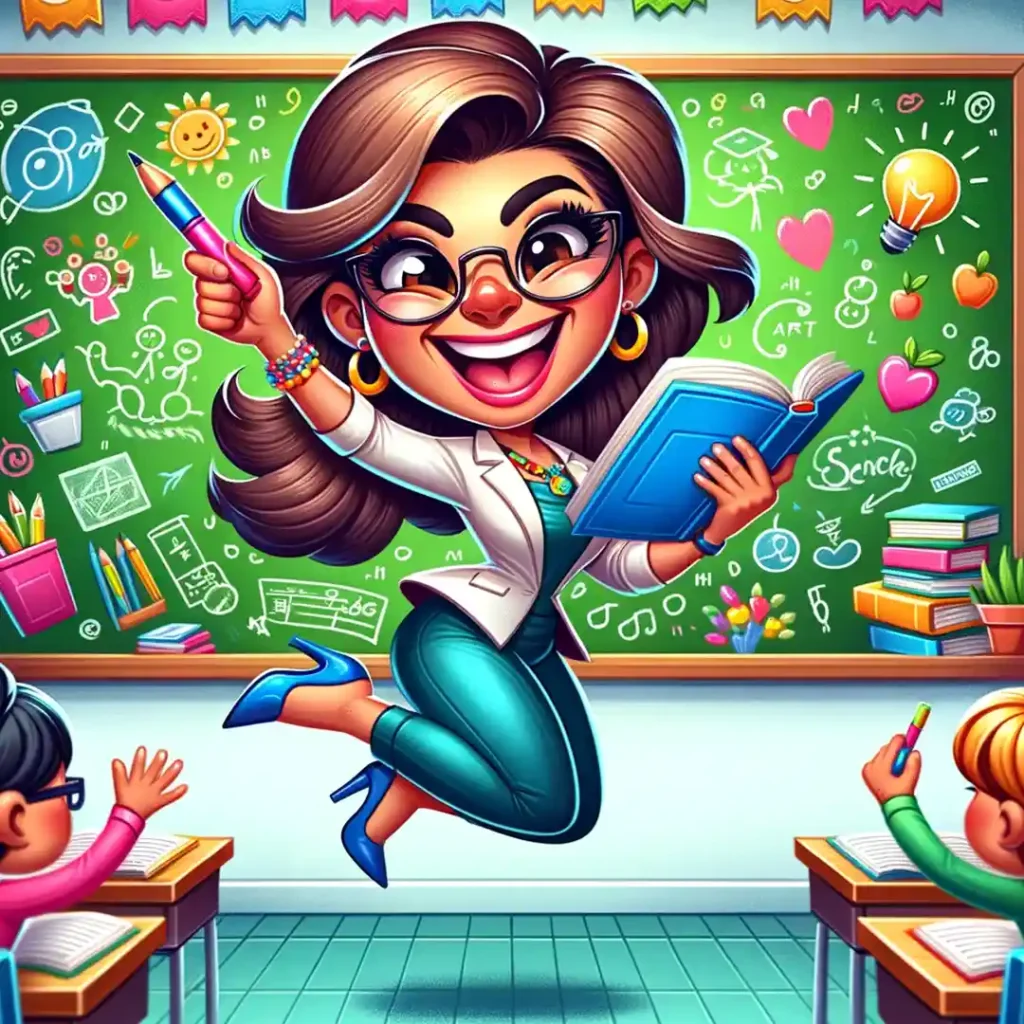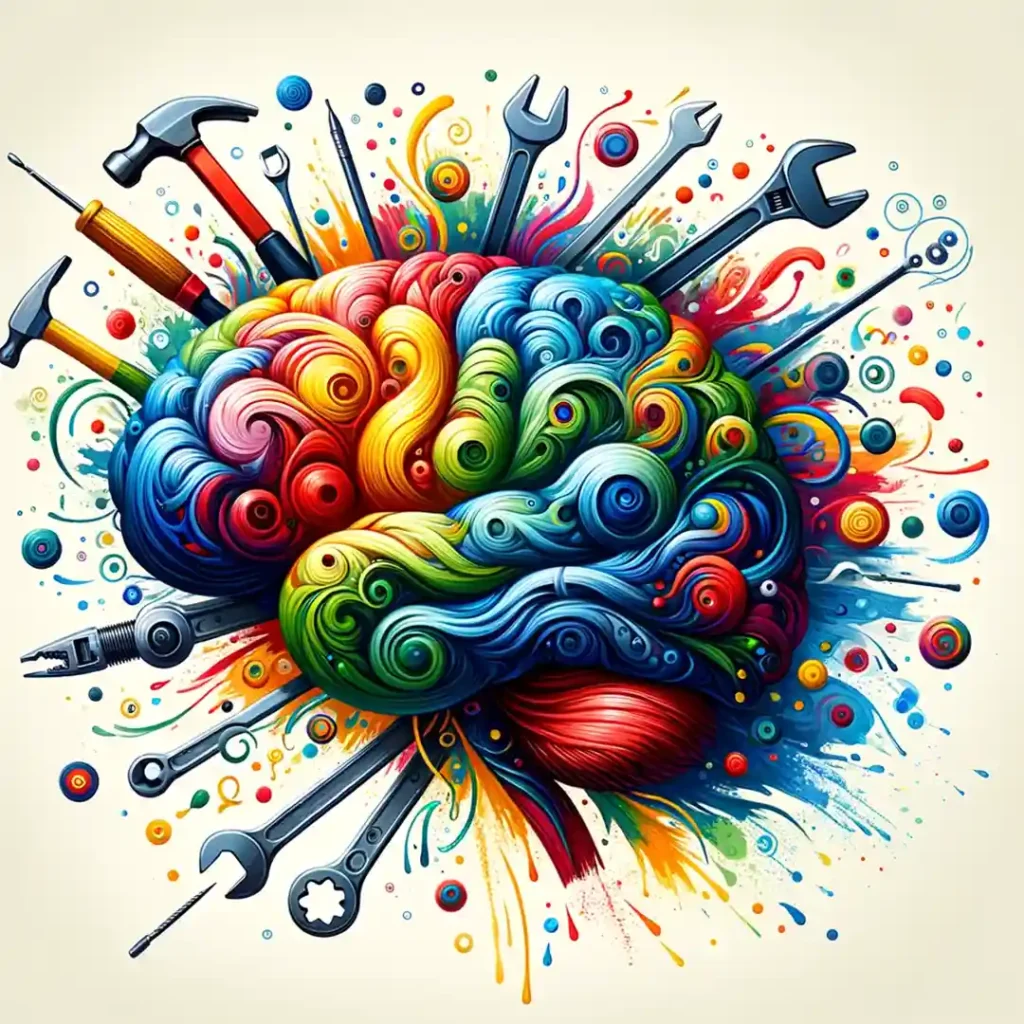In the journey of education, the role of educators extends far beyond imparting knowledge and preparing students for tests. One of the most significant and enduring impacts a teacher can have is in shaping students’ attitudes toward learning. This is especially true during the middle school years, a formative period where attitudes towards school, self, and the world begin to take on a more defined shape. The middle school classroom, therefore, becomes a crucial battleground for the heart and mind, where educators have the opportunity—and the challenge—to instill a love for learning that can last a lifetime.
The concept that students can learn to love learning is a reality that can be achieved through deliberate and thoughtful teaching methods. Teachers who showcase a passion for their subject matter, who employ innovative and engaging teaching strategies, and who create a learning environment that values curiosity, resilience, and personal growth, lay the foundation for this positive attitude toward learning. It’s about showing students the joy in discovery, the thrill of solving a problem, and the satisfaction of understanding a complex concept. When students are shown how to love learning, they unlock an intrinsic motivation that drives their educational journey, turning the pursuit of knowledge into a lifelong adventure rather than a compulsory task.
Inquiry-Based Learning
Cultivating a sense of curiosity and a love for learning in students is at the heart of transformative education. Strategies that awaken curiosity often involve introducing elements of mystery and employing inquiry-based learning approaches within lessons. For instance, starting a lesson with a puzzling question, an intriguing problem, or a mysterious scenario can immediately engage students’ natural desire to explore and find solutions. This approach not only grabs their attention but also sets the stage for an exploratory learning process where students take an active role in discovering information and constructing knowledge.
Moreover, fostering a classroom environment that values questions and exploration is crucial in nurturing students’ intrinsic motivation to learn. When educators create spaces where curiosity is encouraged and valued, students feel empowered to ask questions, share thoughts, and take intellectual risks. This type of environment supports open-ended inquiry, where students learn to appreciate the process of learning as much as the outcomes. By prioritizing exploration and inquiry, teachers help students develop critical thinking skills and discover the joy in learning, which can spark a lifelong interest in discovering new knowledge. This shift from focusing on rote memorization to encouraging curiosity and problem-solving paves the way for students to develop a genuine love for learning, seeing it not as a chore but as an exciting adventure.
Process over Product
Central to nurturing a positive attitude towards learning is the shift in focus from the final outcomes or grades to the richness of the learning process itself. This perspective encourages students to value the journey of gaining knowledge and skills, understanding that each step in their educational path contributes to their growth. By emphasizing process over product, educators can help students recognize that real learning comes from the exploration, struggles, and incremental progress they make, rather than from the end result alone.
Teachers can cultivate this appreciation by celebrating the small victories and progress students make along their learning journey. This could be as simple as acknowledging a student’s improved understanding of a concept, the application of a skill in a new context, or even their perseverance through a challenging task. Highlighting these moments reinforces the idea that growth and improvement are worthy achievements in themselves.
Additionally, educators can implement reflective practices, such as journaling or group discussions, where students articulate what they’ve learned, the strategies that worked for them, and how they overcame obstacles. These practices not only reinforce the learning but also build metacognitive skills, helping students to become more aware of their learning processes and how to improve them. By shifting the emphasis to the learning process, teachers instill a love for learning rooted in curiosity, resilience, and the satisfaction of personal achievement, laying the foundation for lifelong learning.
In the realm of education, especially during the pivotal middle school years, shifting the emphasis from outcomes and grades to the learning process itself can profoundly impact students’ attitudes toward their education. This approach encourages students to appreciate the journey of discovery, understanding, and skill acquisition, fostering a deeper engagement with the material and a more meaningful educational experience. By focusing on the process, educators can help students see the value in the effort they put forth, the strategies they employ, and the progress they make, regardless of the final grade or outcome.
Process and Small Victories

There are several effective methods for teaching students to appreciate their own growth and understanding. One powerful strategy is the use of learning portfolios, where students can collect and reflect on their work over time. This showcases their progress and allows them to see firsthand the evolution of their skills and knowledge. Another approach is the implementation of regular reflection sessions, where students are encouraged to think about what they’ve learned, how they’ve improved, and the challenges they’ve overcome. This reflection can be facilitated through discussions, journal entries, or peer feedback sessions.
Additionally, celebrating small victories and milestones is crucial in emphasizing the process over the product. Acknowledging moments when students grasp a challenging concept, contribute a unique idea, or make connections between different lessons reinforces the importance of their day-to-day efforts and achievements. Teachers can create a classroom culture that celebrates these moments, perhaps through a “wins of the week” board, verbal acknowledgments, or small rewards.
By focusing on and valuing the learning process, educators instill in students a sense of pride in their hard work and a belief in the power of perseverance. This shift away from a sole focus on grades to a broader appreciation of learning nurtures a positive attitude towards education, encouraging students to embrace challenges and view their educational journey as an ongoing process of growth and discovery.
Integrating Insterests
Integrating students’ individual interests into the curriculum is a powerful strategy for making learning more relevant, engaging, and meaningful. By acknowledging and incorporating their students’ diverse passions and curiosities, educators can tailor the educational experience to spark enthusiasm and deepen engagement. This approach enhances motivation and promotes a more personalized learning journey where students feel seen and valued.
One effective method for integrating interests is through project-based learning, where students are given the autonomy to pursue projects that align with their personal interests within the broader scope of the subject matter. For instance, a science teacher might allow students to choose their own research topics within the environmental science framework, catering to a wide range of interests from renewable energy to wildlife conservation. This freedom encourages students to take ownership of their learning and apply their knowledge in areas they are genuinely passionate about.
Another approach is the incorporation of choice boards or learning menus in lesson planning. These tools offer students a variety of options for how they can learn a concept or demonstrate their understanding. Options can range from creative expressions like art projects and stories to more analytical tasks such as research papers or experiments, allowing students to engage with the material in ways that best suit their learning styles and interests.
Personalized learning also extends to the pacing of education, where teachers can provide opportunities for students to advance through material at their own pace or spend extra time on topics that intrigue them. This can be facilitated through the use of technology, such as learning management systems that track progress and suggest activities based on individual student performance and preferences.
Moreover, incorporating student interests into the curriculum can sometimes mean stepping beyond the traditional boundaries of the subject. Connecting lessons to current events, cultural phenomena, or real-world problems that students care about can make learning more applicable to their lives. This makes the material more interesting and demonstrates its relevance, showing students how their education can have a real impact.
By adopting these personalized learning approaches, teachers create a learning environment where students’ interests and goals are at the forefront. Such an environment fosters a love for learning and prepares students for a future where they can apply their knowledge and skills in meaningful and impactful ways.
Promoting a growth mindset in the classroom can fundamentally transform students’ perceptions of learning, effort, and failure. A growth mindset, the belief that abilities and intelligence can be developed through dedication and hard work, contrasts sharply with a fixed mindset, which views these traits as static and unchangeable. By teaching students about the growth mindset, educators can encourage them to embrace learning as a dynamic process where effort leads to growth, challenges are opportunities for learning, and failure is not a setback but a vital step towards understanding and improvement.
Fostering a Supportive Learning Community

Fostering a supportive learning community within the classroom plays a crucial role in nurturing students’ love for learning. A positive classroom community, where each student feels valued, respected, and supported, enhances academic achievement and fosters emotional well-being and social development. In such an environment, students are more likely to take risks, ask questions, and engage deeply with the material, knowing they have the support of their peers and teachers.
Collaborative projects offer a prime opportunity to build this kind of supportive atmosphere. When students work together towards a common goal, they learn to value each other’s strengths and perspectives. For instance, a group project that involves researching, creating, and presenting a topic allows students to divide tasks according to their interests and skills, fostering a sense of ownership and contribution. As they collaborate, students develop essential social skills, such as communication, negotiation, and empathy, which are essential for creating a positive learning environment.
Peer learning opportunities, such as peer tutoring sessions or study groups, also contribute to a supportive learning community. These settings allow students to teach and learn from each other, reinforcing the idea that everyone has something valuable to offer. Peer learning can demystify challenging concepts, as students might find it easier to understand explanations from their peers. Furthermore, it encourages a culture of mutual support, where students feel responsible for each other’s learning and success.
Educators can cultivate a sense of belonging and mutual respect among students by incorporating collaborative projects and peer learning into the classroom. This community-oriented approach celebrates learning as a shared journey, where successes are amplified, and challenges are met with collective problem-solving. Ultimately, fostering a supportive learning community not only enhances academic outcomes but also teaches students the value of collaboration, empathy, and perseverance, laying the groundwork for a lifelong love of learning.
The influence of teachers’ own attitudes towards learning on their students cannot be understated. A teacher’s passion and enthusiasm for their subject matter are contagious, serving as a powerful catalyst for sparking students’ interest and love for learning. When educators display genuine excitement about the topics they teach, it naturally encourages students to engage more deeply with the material. It fosters a positive learning environment where curiosity and enthusiasm thrive.
Educators can employ several strategies to effectively model their passion and enthusiasm. First, sharing personal stories and experiences related to the subject matter can make lessons more relatable and engaging. When teachers talk about their own journeys of discovery, challenges they’ve overcome, or why they fell in love with the subject, it humanizes the learning process and demonstrates that learning is a lifelong adventure.
Incorporating varied and dynamic teaching methods can also convey passion. Utilizing multimedia resources, hands-on experiments, field trips, or guest speakers can bring the subject matter to life in exciting ways. These methods demonstrate the teacher’s enthusiasm for the subject and cater to different learning styles, ensuring that each student can connect with the material in a way that resonates with them.
Furthermore, educators can show their passion by being lifelong learners themselves. By sharing what they’re currently learning, whether it’s related to their subject area or a new interest, teachers exemplify the joy of learning and the value of curiosity. This might involve discussing a recent article, book, or workshop they found fascinating, thereby modeling how learning continues beyond the classroom.
Lastly, creating opportunities for students to explore their interests within the subject area can foster a shared enthusiasm for learning. When students can pursue topics that captivate them, the classroom becomes a space of mutual discovery where the teacher’s passion for the subject helps ignite students’ interests.
Conclusion
In conclusion, it’s vital to recognize that developing a positive attitude towards learning is indeed a teachable skill, one that hinges significantly on the role and influence of educators. Teachers possess the unique capability to shape the educational journey of their students, guiding them towards not only academic success but also fostering a deep-seated love for learning. Educators can significantly impact students ‘ attitudes toward their education through deliberate and thoughtful teaching methods—integrating students’ interests into the curriculum to promote a growth mindset and fostering a supportive learning community.
As we progress through the following lessons, the focus will be on instilling this love of learning in students by equipping them with strategies to discover enjoyment and fulfillment in their educational endeavors. By modeling passion, encouraging curiosity, and celebrating the learning process itself, educators can light the spark that transforms learning into a lifelong pursuit. The journey ahead is about imparting knowledge and inspiring students to see learning as an endless adventure, ripe with possibilities and opportunities for growth. Together, educators and students can embark on this transformative journey, creating an educational experience that is as rewarding as it is enlightening.


